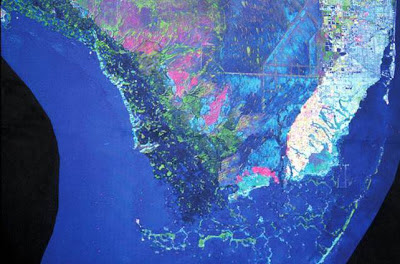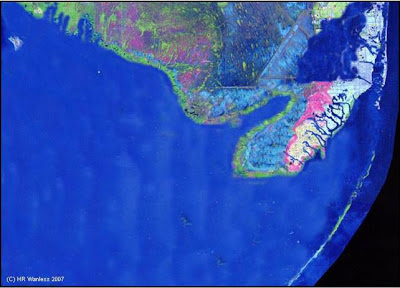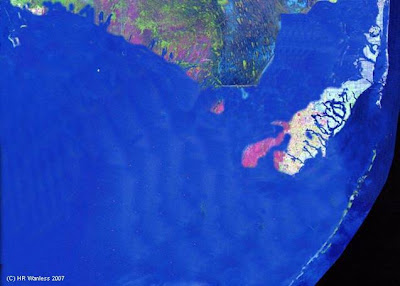The Everglades and Sea Level Rise: The Clock is Ticking
How much time do we have to restore the Everglades? That question has been difficult to answer until recently. According to the National Oceanic and Atmospheric Administration, by the time today's child sees middle age, at least one-fourth to one-half of Everglades National Park's land mass will have vanished. Many geoscientists, like Dr. Harold Wanless of the University of Miami, project an even greater rate of sea-level rise this century. Sea-level rise is no joke, and it's particularly serious for the Everglades with elevation generally measured in the single digits.
At the Everglades Coalition conference in January, Ernie Barnett, the South Florida Water Management District's point person on Everglades Restoration, said that restoring the Everglades fresh water flow would "mitigate the effects of sea-level rise and saltwater intrusion." But what does mitigation mean? Can we keep the Everglades from sinking into the sea?
The answer rests in a complex set of circumstances: maintaining a freshwater aquifer and a hydrological head (the pressure of freshwater flowing south), and reversing soil subsidence (the sinking of the land due to drought), in concert with a world that has reduced carbon emissions.
What is clear is that doing nothing or doing it too slowly will result in the loss of the southern Everglades in less than five decades. What we can and must do is to let nature resume control of water flow by removing barriers like the Tamiami Trail, the Miami Canal and the L-67 canals, while cleaning up Big Sugar's effluent to Everglades standards.
There has been some progress:
• A new federal project seeks to eliminate many barriers to flow in the Central Everglades and restore sheet flow by eliminating canals. It's not a panacea, but it's a solid first step.
• A federally-funded mile-long bridge over Tamiami Trail to restore water flow is slated to open this spring and another 5.5 miles of bridging is planned. The next 2.6-mile span is now being designed by the National Park Service.
• The Everglades Headwaters National Wildlife Refuge has a foothold and now can be expanded to protect critical ranch lands surrounding the Kissimmee River.
There have also been some setbacks:
• Although the state of Florida and the federal government agreed to a plan to clean up Big Sugar's water, it takes too long and doesn't use enough land.
• The state just issued 30-year sugar lease extensions on land most likely needed for cleanup.
• The state has been trying to sell off land needed for Everglades restoration.
• The state wants to resume the backpumping of sugar effluent into Lake Okeechobee instead of treating it and sending it south for the Everglades.
• Florida Power and Light continues to seek permission for two nuclear reactors (added to two existing reactors) in an area most vulnerable to sea-level rise and requiring towering transmission lines through wetlands.
In the end, the Everglades restoration timetable has to beat the physics of sea-level rise. Rapidly restoring natural, clean fresh water flow will preserve the Everglades as long as possible. Whether we can win the battle or sustain a century-long retreat is not yet clear, but we must do everything possible to let natural processes take over. It's our only hope.
—Jonathan Ullman, South Florida/Everglades Senior Representative, Sierra Club




Sea level rise images courtesy of Dr. Harold Wanless, Chair, Department of Geological Sciences, University of Miami.